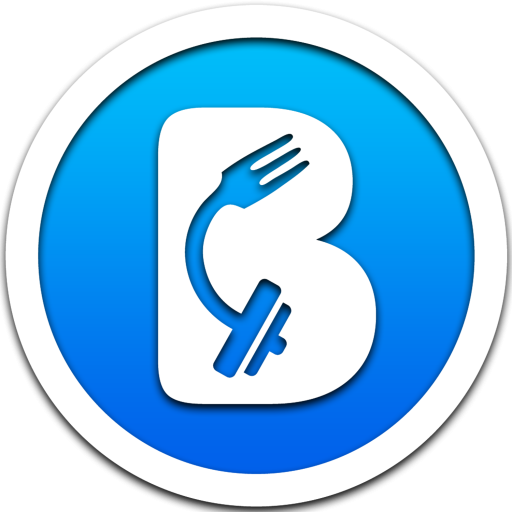Recovery with Foam Rolling Your Chest
Recovery with Foam Rolling: Foam Roll Chest Exercises
Your Chest Muscles (your pecs)
Start a new workout plan and deal with painful knots and tight spots in your chest or shoulder area?
Suffering from shoulder pain or tight pectoral muscles (tight pecs)?
Well, take a few deep breaths and worry no more, my friend!
You’re in a great place to learn how to care for those sore muscles in your chest.
Since 2010 I’ve been working as a personal trainer for athletes of all ages.
In 2016 I opened my own gym called Bent On Better,
where we have helped hundreds of busy adults who may want to see weight loss but who also want to get in shape, look great, feel great, and have more energy
(and yes, help them relieve tight muscles with foam rolling and even some foam roller stretches).
In this post, you will learn,
the reasons to consider foam rolling (AKA a self-myofascial release technique) your pectoral muscles (a muscle right by the shoulder joint),
how to use a foam roller to promote better blood flow (especially after a tough workout),
and the benefits of foam rolling your hip mobility muscles.
YOUR CHEST MUSCLES (YOUR PECS)
At Bent On Better, we work with busy adults who have pain in their shoulders, neck, upper back, lower back, etc., usually due to poor posture and sedentary lifestyles.
But no matter the fitness goals for why someone gets started with our program, we have found that the best way (well, one of the best ways) to help relieve muscle pain is with guided foam rolling.
I love the traditional foam roller for most people, particularly beginners because you can use as much pressure as you can withstand and apply direct pressure with specific positions (or with other tools mentioned below).
You can use a foam roller for your entire body (but be logical; you won’t use a roller on parts like your left hand, right knee, or your bones or joints).
Using a foam roller regularly is a great way to help you manage problem areas (like tight muscles from sitting all day),
but unfortunately, it does not create change to the muscle tissue itself
(that’s what strength training with full ranges of motion and even stretching can do, but sadly muscle tissue won’t change from foam rolling alone).
Think of foam rolling as a way to temporarily increase range of motion or temporarily help with muscle activation.
Ok, ok… That’s enough talking; let’s get on a foam roller roll! (see what I did there? lol)
Reasons to consider foam roller mobilization:
- Muscle soreness in the chest from a recent workout
- Limited motion or feeling of a “block” during wide arm positions (e.g., giving someone a wide hug, pec flies, chest presses, etc.)
- Uncomfortable slouched/forward-resting upper body posture
- Occasional numbness or tingling in arms/hands when sitting or working at a desk for extended periods of time.
- During overhead motions, numbness or tingling in arms/hands (holding a weight overhead, overhead press, etc.)
- Discomfort or pinching in the shoulder during overhead movements
- Frequent chest muscle spasms in the muscle tissue (pecs)
- Frequent mid-upper back muscles spasm (shoulder blade area or rhomboids)
- Tightness in the thoracic spine (mid-back area)
How to foam roll the pecs:
Let’s say that you want to foam roll your RIGHT pec.
Starting Position:
- Lie face down on your stomach and place the foam roller under the RIGHT side of your chest, close to your shoulder, in a diagonal position, pointing the top of the foam roller toward your chin.
- Use your other arm and legs to support your body weight.
Rolling your pecs:
- Gently allow gravity to bring your chest down into the foam roller, and then further intensify by pressing the front of your RIGHT shoulder down toward the ground. Avoid pressing the foam roller directly into your armpit, as this can cause numbness and tingling out into the arm.
- Raise your RIGHT arm to the side and rotate your palm up and down until you find a tender spot. You can also slowly fan your arm up and down a few inches (like you are a beautiful bird flapping your wings) to further pinpoint a tender spot. However you find it, once you find a tender area, hold it for about 10-15 seconds!
- If you experience numbness or tingling in your hand while foam rolling, ease yourself off of that spot with the foam roller and readjust to a different area of the chest.
- After you are done foam rolling, for a better-targeted stretch, try a pec stretch on the TRX! If you do not know how to do this stretch, ask a trainer to show you.
Additional Mobilization Tools:
- Foam roller
- Lacrosse ball
- Tennis ball
- Massage ball
- Trigger point cane
- …and more
Considerations:
- In general, mobilizing tissue using a foam roller, lacrosse ball, trigger point cane, or other instruments will cause some discomfort; after all, the goal is to mobilize (move or “free up”) the tissue from any restrictions that might be limiting your body’s movement or range of motion. However, you should stop if you experience too much discomfort or pain.
- In general, you should not attempt to mobilize (foam roll, lacrosse ball, tennis ball, massage ball, trigger point cane, etc.) a recent injury that has occurred within the past 48 hours.
- This info is provided for educational purposes only and is not meant as professional medical advice, diagnosis, or treatment. Seek advice from your physician or other qualified healthcare professional regarding your own condition.
Getting started at Bent On Better is simple and easy!
Just click on the blue button below and complete the form. We’ll contact you within 24 hours!
